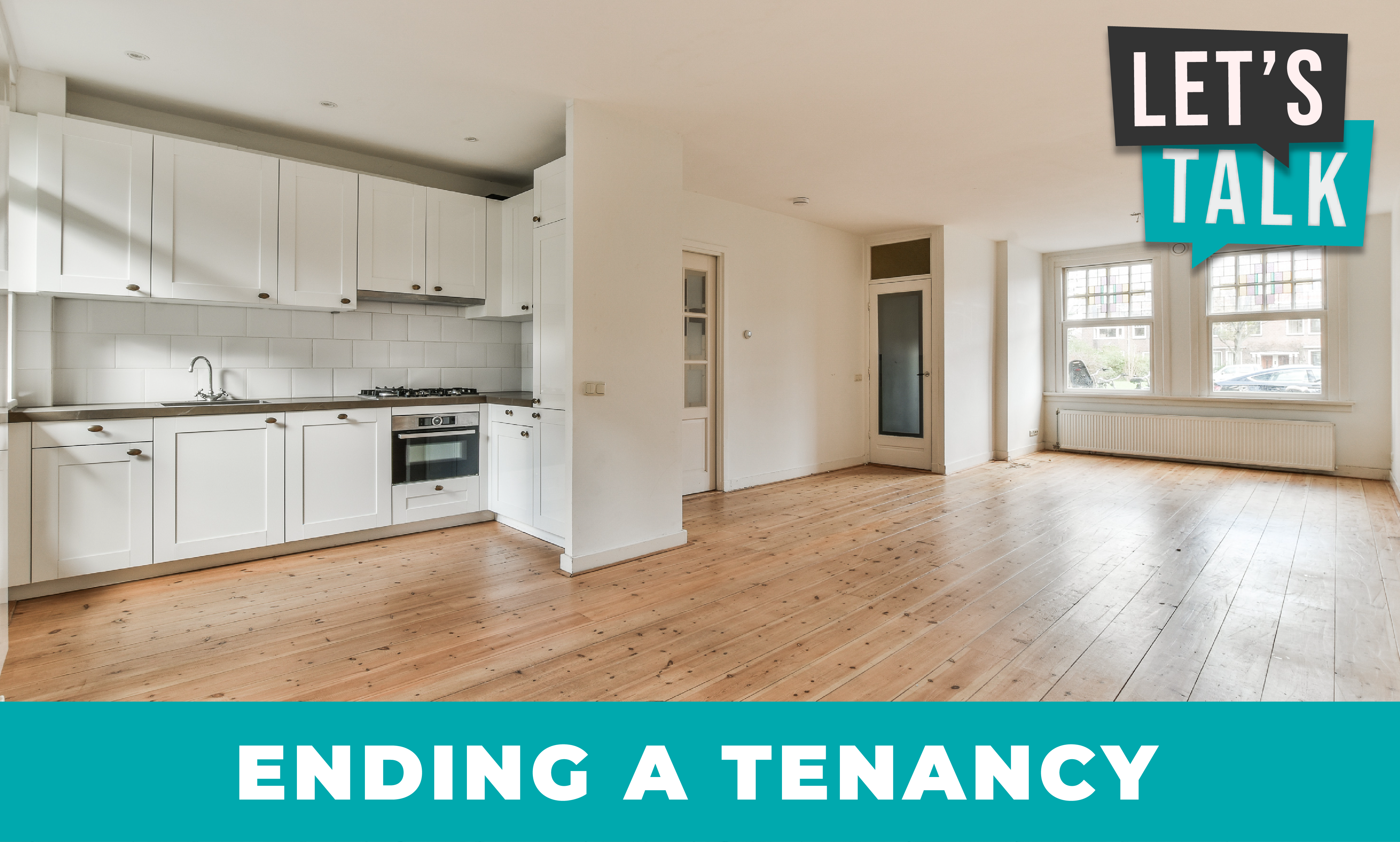
For property owners, lease renewals represent a critical aspect of managing a successful rental property. Understanding the lease renewal process and its nuances can lead to a smoother transition, ensure tenant satisfaction, and contribute to a more stable rental income stream.
In this post, we will walk you through the essential steps involved in lease renewals, offering valuable insights and practical tips to help you navigate this crucial process with confidence.
THE LEASE RENEWAL PROCESS
Collaborative Effort for a Successful Outcome
A lease renewal is a collaborative effort involving all parties – the lessor (that’s you), the managing agent (that’s us), and the tenant. Our ultimate goal is to reach a mutual agreement that benefits everyone involved and maintains a positive landlord-tenant relationship.
In accordance to Section 62 of the Residential Tenancies and Rooming Accommodation Act 2008 (RTRA Act), the tenant must return the Form 18a – General Tenancy Agreement within five days of issue.
Beginning the Lease Renewal Process
Typically, we reach out to you approximately 3 months before the end of the tenancy to discuss whether you would like to renew the tenancy or issue a Notice to Leave (Form 12). If you decide to renew, we will prepare a new lease to offer to the tenant.
It is natural for tenants to have questions and concerns during this process. As your trusted property manager, we take it upon ourselves to explain the possibilities that both you and the tenant may encounter during the lease renegotiation.
Successful Negotiations: A Win-Win Situation
A successful lease renewal negotiation not only benefits you as the property owner but also positively impacts our workload. Less vacancies mean a continuous income stream and reduced risk of losing a client due to vacancy.
When discussing the lease’s expiry, it is crucial for you to understand your rights and obligations. For instance, if you require vacant possession at the end of the tenancy, you must give the tenant a minimum of two months’ written notice.

RELATED POSTS


Deciding on Future Tenancy Agreements
The end of a fixed-term tenancy provides an opportunity to decide on future tenancy arrangements. According to the RTRA Act, three options are available:
- Extend the existing fixed-term agreement with a new finishing date.
- Enter into a new fixed-term agreement with updated terms.
- Allow the agreement to revert to a periodic agreement.
Our recommendation, in line with best practices, is to prepare a new tenancy agreement whenever there are changes, ensuring clarity and adherence to the law.
A Time to Review Rent and Terms
Renewing a tenancy agreement also presents a chance to review the current terms and propose changes according to your instructions. Keep in mind that there should be at least a 12 month interval since the last rent increase, and no notice is required for the increase.
If the parties do not agree on the terms of a new tenancy agreement and decide to continue the tenancy beyond the fixed term, they may opt for a periodic tenancy agreement. Rent increases in a periodic agreement require a 2 month written notice, provided it has been at least six months since the last increase or since the initial term started.






